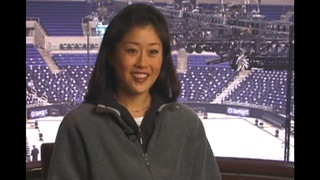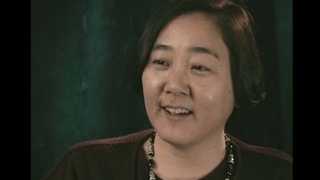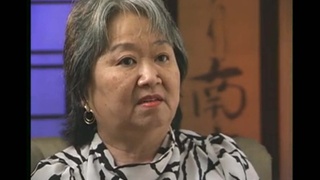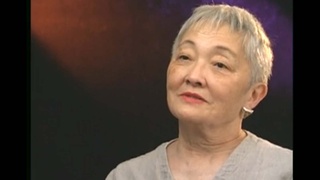Interviews
Beach & America
My father, I guess for relaxation, every Sunday we had to go to the beach. And he always had his suit on. And it was Seal Beach, and towards the end of the day everybody left to go home and he would be sitting there and be looking out there…and when are we going home, when are we going home, so I would kind of like sit up and he be very silent and so I said, oh god what do I say, so I just say, “what are you looking at papa?” and he said, “Listen” and he said, “look, look at the tide, it comes in and then goes out and everytime it goes in and goes out it’s all different.” So I would ask him about lot of different things of what’s this and what’s that, etc. and it led to speaking about America. And he said - and it surprised me that it came from him – that there was no country like The United States of America. And I said, “Really?” And he said, “You could go anyplace.” And I said, “Well, even if you’re Japanese, you know? And he said, “Yes.” I said, “You would never go back to Japan?” He said, “no because this is the best country that there is.
Date: February 3, 2010
Location: California, US
Interviewer: Eiko Masuyama, Carole Fujita, Yoko Nishimura
Contributed by: Watase Media Arts Center, Japanese American National Museum
Explore More Videos


Japanese Americans are more aware of their Hapa identity
(b. 1965) filmmaker and artist






Support from the Japanese American community
(b.1971) Professional figure skater and Olympic gold medalist.

Heightened awareness of identity as a Japanese American
(b. 1955) Lawyer

Reasons for conformity and competitiveness in Gardena, California
(b. 1946) Lawyer





